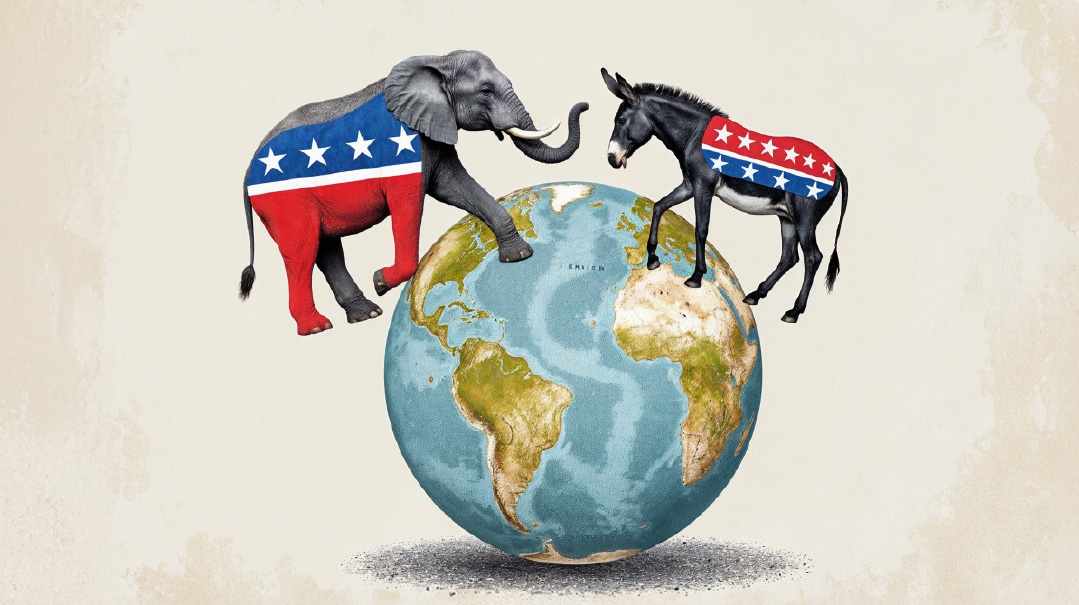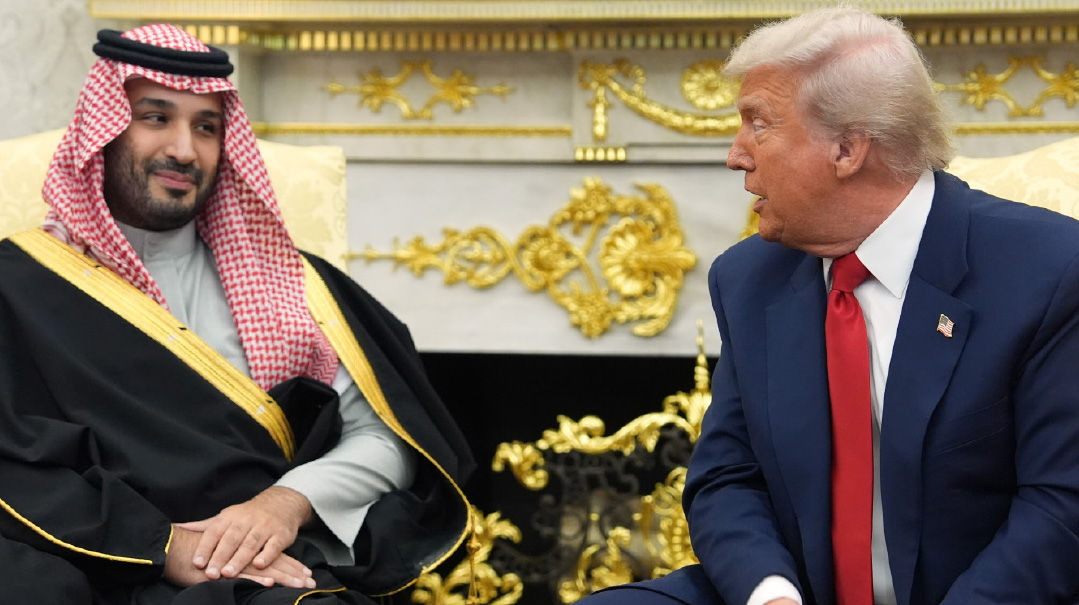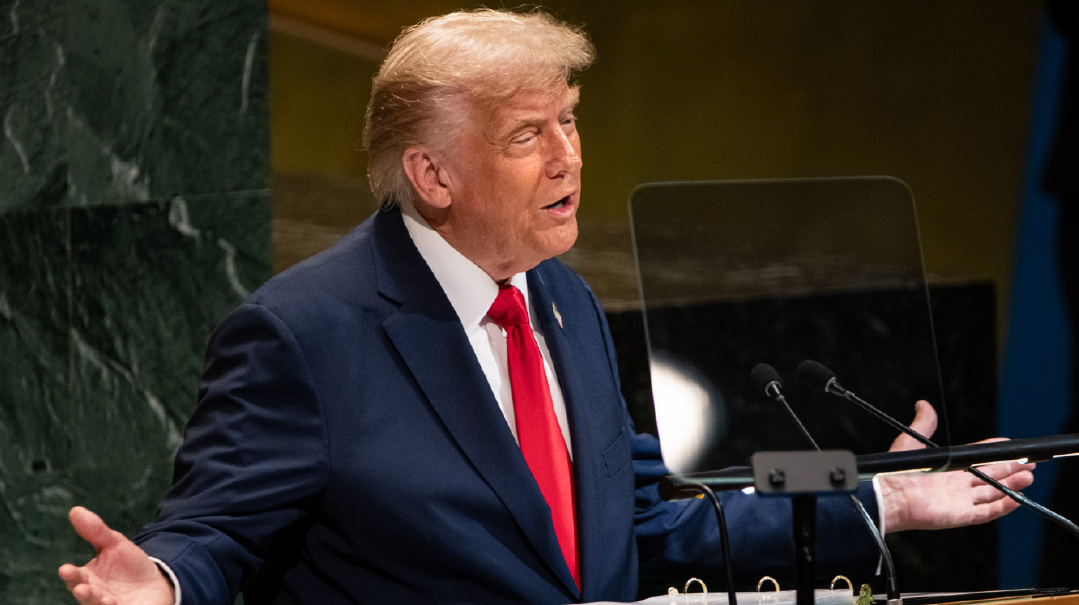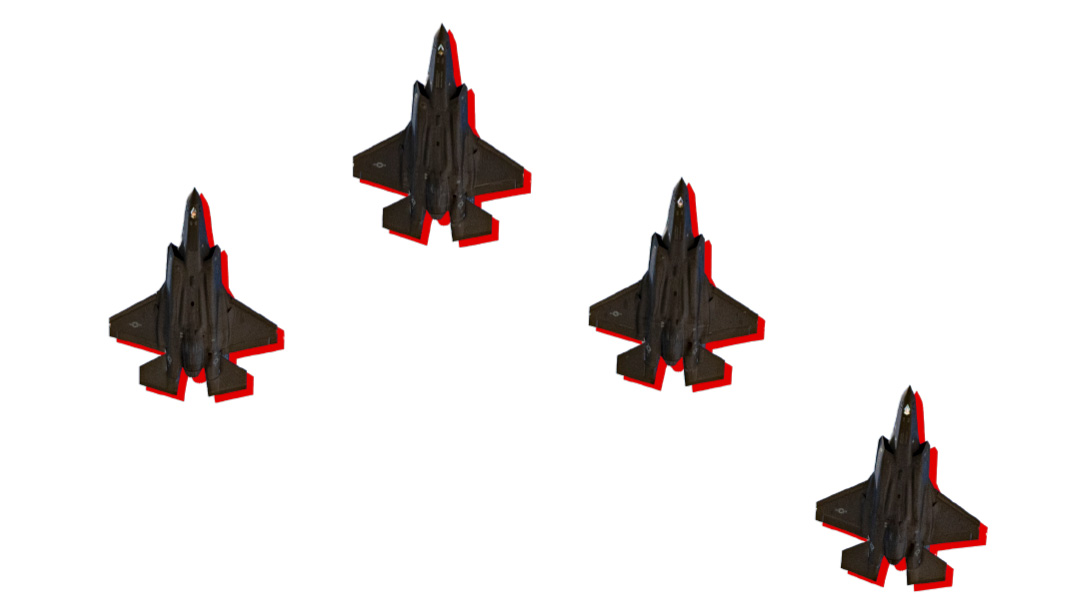Pulled to the Poles

In American politics today, extremists hold the reins

T
he even split in voter registration between Democrats and Republicans — which manifests itself at the voting booth and ultimately in the halls of power — looks on the surface like the picture of balance. But sometimes pictures are deceiving. In America today, extremes hold the mics and the reins. Polarization prevails.
Political polarization is not a new phenomenon. It’s been building in intensity for 50 years, since the early 1970s, due to widening gaps between Republican and Democratic officeholders and those who vote them into office. However, the polarization trend came to a head during the 2024 election campaign. What’s behind the troubling phenomenon?
Since his meteoric emergence on the political scene in 2015, Donald Trump has borne the brunt of the blame for inflaming political dialogue. But a persona like Trump doesn’t suddenly land on American soil from outer space. The climate had to be ripe for someone like him.
Is America’s current extreme polarization issues-based, a personality clash, or part of a global trend? Experts attribute it to all of the above, and it’s easier to define than to solve. It’s also causing rifts in society that are difficult to mend.
Polarization, in its most damaging form that everyday Americans have come to experience, is known as “affective polarization.” It trickles down and sometimes gushes into our social circles. Arguments break out at the dinner and kiddush tables or the workplace. Friends, family, and colleagues become estranged and find themselves having to set ground rules, such as no political talk at social gatherings.
Professionals have taken note. In 2012, the American Association of Public Opinion Research published a study from three researchers at Stanford, Princeton, and the University of Amsterdam demonstrating that both Republicans and Democrats increasingly dislike — even loathe — each other and ascribe negative traits to both politicians and rank-and-file members of the other party.
This study claimed political campaigns and the media are the worst offenders for reinforcing the partisan and biased views of their opponents. Actual policy disagreements take a backseat to these main offenders guilty of promoting frontal assaults.
A Half-Century of Ideological Drift
Having said that, there is no denying that sharp disagreements over weighty issues contribute strongly to polarization.
Republicans and Democrats hold antagonistic beliefs and opinions on economic issues, foreign policy — especially in the Middle East — immigration, crimefighting, the weaponization of the justice system, climate change, abortion, and the role of the federal government in people’s lives.
Pew Opinion Research backed this up with a comprehensive survey six months ago: “Changing Partisan Coalitions in a Politically Divided Nation.” They reviewed shifts over 30 years of their polling, which showed that these fault lines are deeply rooted and based mainly on levels of education and racial, ethnic, and geographic disparities.
Pew contends that both parties began drifting from their ideological centers in the early 1970s, with Democrats lurching left and Republicans veering right.
They cited data from DW-NOMINATE, a methodology that examines lawmakers’ roll-call votes over time to grade and compare them ideologically. Among their findings:
Moderates are an endangered species: Just about two dozen moderate Democrats and Republicans remain on Capitol Hill, compared to more than 160 moderates in 1971-72.
Democrats are far more liberal: In 1971-72, some 31.4% of all House Democrats hailed from the 11 former Confederate states and were notably less liberal than their Democratic colleagues from the other 39 states. Many of these were nicknamed the “Boll Weevil Democrats”; they crossed party lines to support Reaganomics. Today, nearly half of House Democrats are black, Hispanic, or Asian-Pacific, while the 22% remaining Southern Democrats are far less conservative than they used to be.
Republicans have shifted well to the right. Southerners, who made up less than 15% of the House GOP caucus 50 years ago, account for 42% of it today. Some 49 House Republicans, or 22%, are either members or allies of the right-wing House Freedom Caucus.
These shifts in political representation are manifestations of how voters have changed their views and alliances over the years. Whichever party controls the White House and Congress becomes less relevant when both politicians and the voters are galloping in different directions, and neither side seems inclined to tug on the reins and say “Whoa!”
A World in Poly-Crisis
American politics doesn’t operate in a vacuum. Part of US political polarization can be attributed to global factors. And the erosion of the center is a phenomenon that’s taking place in many other countries around the globe.
A 1999 book, Homeland Earth: A Manifesto for the New Millenium, coined the term “poly-crisis,” subsequently defined by the Cambridge Dictionary as “a time of great disagreement, confusion, or suffering caused by many different problems happening at the same time so that they together have a very big effect.”
IPSOS, a multinational market research and consulting firm with headquarters in Paris, noted in an April 2023 report that citizens of the world are dissatisfied with their current political systems, democratic or autocratic, and share a bucketful of common concerns.
These include immigration, wars and geopolitical conflicts, extreme weather (climate change), Big Tech’s invasion of personal privacy — including growing threats of cyberattacks on infrastructure and ransomware — and increased resentment of entrenched economic inequalities.
These factors provide voters with the validation to fear a future run by a political party they distrust and even detest. This also helps explain why so many voters in European countries have rejected establishment politics and turned to far-right parties, whose disruptive style and even some of their prejudices appeal to those who fear a future based on universal ideals formulated by the elite class.
It doesn’t have to turn into a zero-sum game.
The Carnegie Endowment for International Peace, a global network of policy research centers, produced a report last year that contends that polarization is more a matter of misperception. They argue that average American voters are less ideologically polarized on the issues than they think. Raw partisanship — formed from the need to identify with one political stream or another — clouds their vision to the point where they view the opposing side as the enemy, and this phenomenon could be alleviated by bridging techniques such as correcting misperceptions based on policies and encouraging the formation of a common identity.
However, getting the extremes from both sides together could prove to be overambitious. The Carnegie report admitted that progressive activists suffer the cloudiest vision, followed closely by what they labeled as “extreme conservatives.”
In their words: “The people who are most involved in civic and political life hold the least accurate views of the other side’s beliefs.”
Will the common concerns and fears that citizens share ultimately bring them closer to each other? Does America and other nations around the world have leaders who can unify them and work to solve the problems? Or will misperceptions and cloudy vision continue to build and wreak havoc with political systems that seem to be beyond repair?
(Originally featured in Mishpacha, Issue 1035)
Oops! We could not locate your form.







